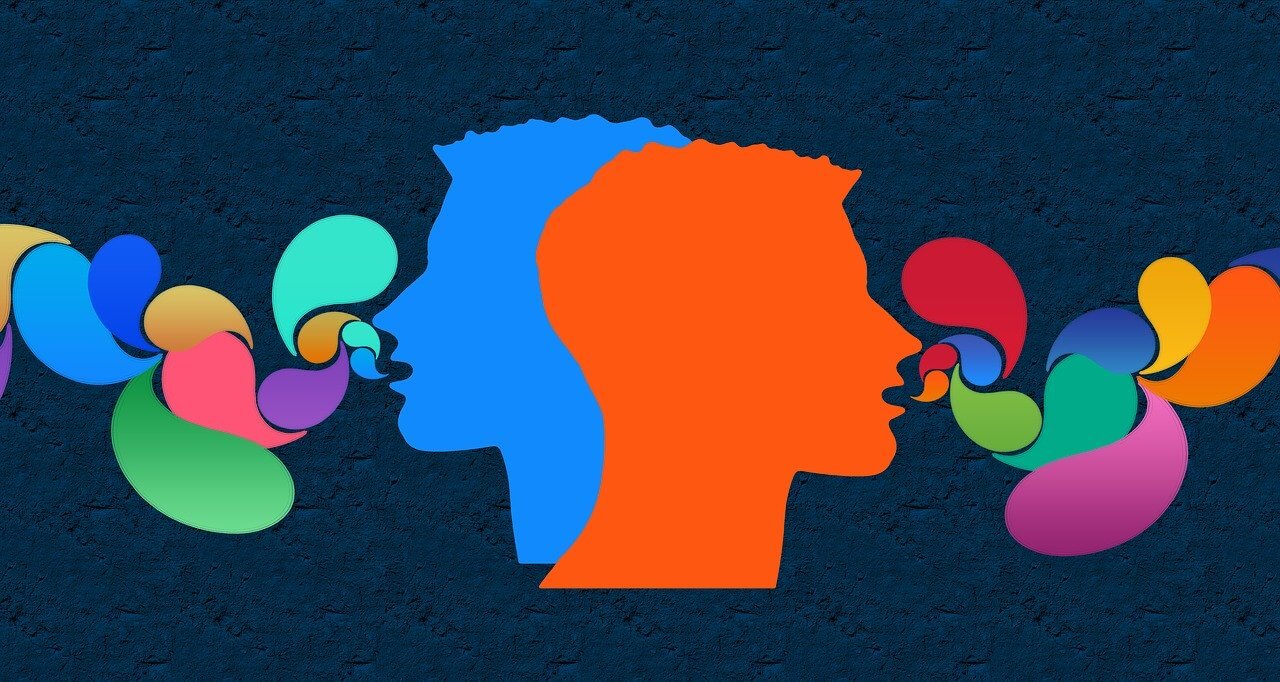[15.11.2023] FANTAME Workshop
[15.11.2023] FANTAME Workshop

Dia: 15 de novembre del 2023
Horari: de 11 a 13.30 hores
Lloc: 55.410
Enllaç Zoom
11:00-11:45 Xerrada 1, Irene Elmerot (Zoom)
12:00-12:45 Xerrada 2, Charlotte Taylor
12:45-13:30 Xerrada 3, Dario del Fante
1. Migrational Collocations in Alternative and Mainstream Press 2015 vs. 2022
Irene Elmerot (Stockholm University)
It sometimes seems we are constantly in a time of crisis. In 2015, there was talk about a ”refugee crisis”, that was also renamed a ”solidarity crisis”, when more refugees arrived in a short period of time to different countries in Europe (and to a certain extent also to North America). In February 2022, there was again a peak in the number of refugees arriving in Europe, but this time they were from the same continent. By looking at collocations, words that go together, in news media from both these periods and the period in between, we will see how the discourse changed. This case concerns a country in the midst of Europe, the Czech Republic, where very few refugees were accepted in 2015, but more than half a million were coming to the country in 2022. The collocations show how the discourses changed, and how the crisis now turned out to be reality.
2. Migrating across times and cultures. Metaphorical images of migration in US and Italian newspaper discourse between the 20th and 21st century
Dario del Fante (University of Ferrara)
The proposed research work is strongly related to two essential features of human life: migratory movements and metaphors. Migratory movements can be undoubtedly defined as an enduring characteristic of our global history. As history and literature, from the Homeric poems to the Bible, testify, migration is an inherent feature of humanity. Metaphor is more than a linguistic and stylistic phenomenon (Lakoff and Johnson 1980). It is primarily a feature of human language ability (Semino 2008). Considering that metaphors are one of the means through which people organize their experience of life and that newspapers considerably influence people’s perspectives on reality and opinions (Fowler 1991; Marchi 2019), by analyzing the metaphorical representation of migrants in newspapers we might define, to some extent, how people perceive, think of and ultimately experience this group of people. This study investigates the metaphorical representation of migrants through a corpus-assisted newspaper discourse analysis from both a cross-linguistic and historical perspective. This project consists of a comprehensive corpus-assisted discourse analysis (Taylor & Marchi 2018) of newspaper articles published within two specific time periods, namely 1900-1914 and 2000-2014, to investigate how media discourses around migration have changed and differ between two cultures and across time, specifically focusing on the metaphors used to represent migration as a phenomenon. The metaphors have been extracted from the corpora by adopting a semi-automatic approach based on the analysis of collocations (Steen et al. 2010). Results suggest that migration is conceptualized along similar lines – i.e. as a threat to national security in both Italy and the US in the 2000s, and in the US discourse in the 1900s. By contrast, migration seems to be conceptualized by means of positive metaphors in Italy in the 1900s as a resource for the country. Moreover, it suggests that the perspective of the speaker is a greater determinant of metaphorical representation than historical context and the linguistic or cultural context.
Bibliography
Fowler, R. (1991). Language in the News: Discourse and Ideology in the Press. London: Routledge.
Lakoff, G., & Johnson, M. (1980). Metaphors we live by. Chicago: University of Chicago Press.
Marchi, A. (2019). SELF-REFLEXIVE JOURNALISM: A corpus study of journalistic culture and community in the Guardian. London: Routledge.
Semino, E. (2008). Metaphor in Discourse. Cambridge: Cambridge University Press.
Steen, G. J., Dorst, A. G., Herrmann, J. B., Kaal, A., Krennmayr, T., & Pasma, T. (2010). A Method for Linguistic Metaphor Identification: From MIP to MIPVU. Amsterdam: John Benjamins Publishing Company. doi: 10.1075/celcr.14
Taylor, C., & Marchi, A. (Eds.). (2018). Corpus approaches to discourse: A critical review. Milton Park, Abingdon, Oxon ; New York: Routledge.
3. Disinformation and immigration discourses
Charlotte Taylor (University of Sussex)
This paper addresses the role of disinformation within immigration discourses and argues that disinformation is central to current migration discourses and indeed necessary to maintain the consistently negative view of (far)right views on mobility. The ways in which disinformation appears are considered under two main sections. The first section, naming, discusses how nonsensical names (e.g. “bogus asylum seekers’) gained traction and how accurate and legitimating (e.g. “refugees’) names are avoided in public discourses. The second, narratives, discusses the myths that are closely associated with contemporary migration discourses. This includes those which have been consistently disproved by social statistics (e.g. crime rates) and those which can be disproved by linguistic and historical research (e.g. the myth of the UK as a historically welcoming country). In both cases, we see that the absence of contextual or salient information is central to maintaining disinformation.
